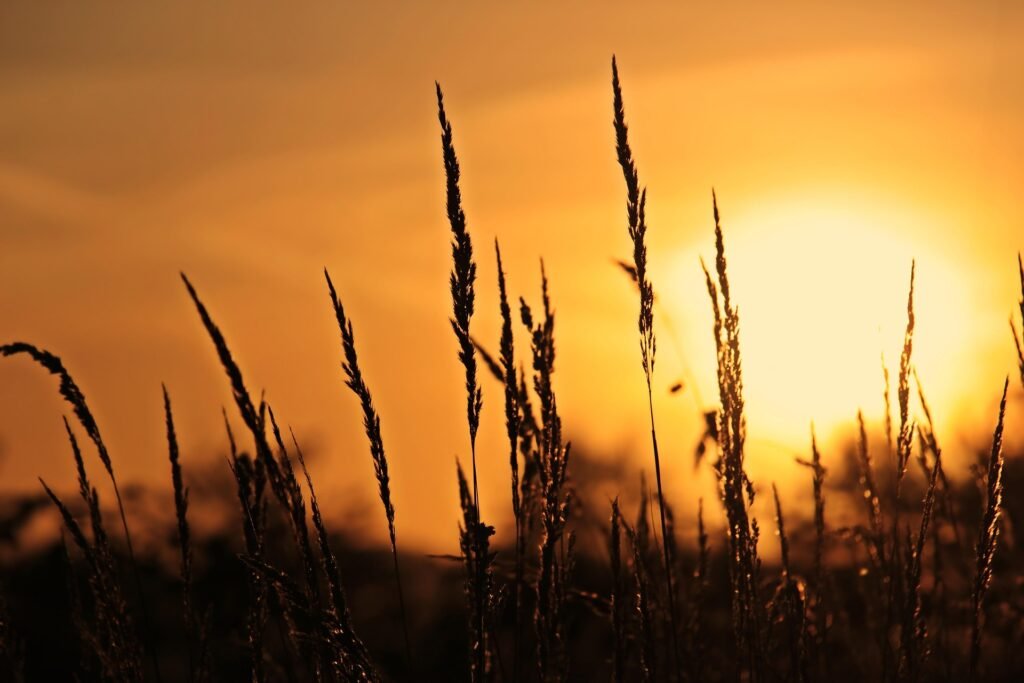
There’s something magical about watching the sun melt into the horizon — the warm glow, soft light, and shifting colors make sunsets one of the most captivating subjects for photographers. Yet, getting great sunset photos isn’t just luck. With the right preparation, timing, and technique, you can transform an ordinary scene into a breathtaking masterpiece.
Here are five quick but powerful tips to help you capture stunning sunset photos that stand out.
Scout Your Location Early
“The best sunset photos start with being in the right place at the right time — and that takes planning.”
The best sunset photos are planned long before the golden hour even begins. Arrive at your chosen location 30–45 minutes early to find the perfect composition.
Walk around and look for leading lines such as a shoreline, pier, or winding path that draw the eye toward the sun. Include foreground elements — rocks, trees, water reflections, or even a silhouetted person — to add depth and visual interest.
Pro Tip: Use apps like PhotoPills or The Photographer’s Ephemeris to track the sun’s position so you know exactly where it will set.
Use the Right Camera Settings
Sunset lighting changes quickly and can be tricky. To stay in control, switch to manual mode so you can adjust your exposure precisely.
Try these settings as a starting point:
- Aperture: f/8–f/16 for sharp details and wide depth of field
- ISO: 100–200 to reduce noise
- Shutter Speed: Adjust for correct exposure — slightly underexposing preserves color and prevents blown highlights
Whenever possible, shoot in RAW format. It gives you far more flexibility when editing, especially for recovering shadows or highlights.
Watch the Light — Not Just the Sunset
“The show isn’t over when the sun sets — sometimes it’s only beginning.”
Many photographers pack up as soon as the sun disappears — but the real magic happens 10–20 minutes after sunset, during blue hour.
During this time, the sky shifts into rich purples, pinks, and blues, and artificial lights begin to twinkle. Keep your camera ready and tripod steady — longer exposures during this period can create dreamy, painterly images.
Don’t forget to turn around! The clouds and landscape opposite the sunset often glow with reflected light that’s just as beautiful.
Bonus Tip: Tell a Story
Sunset photos are about more than just light — they’re about emotion. Try to include a storytelling element: a couple walking hand-in-hand, a surfer leaving the water, or a city skyline lighting up for the evening.
These moments turn your image from a simple landscape into a scene that resonates.
Use a Tripod and Experiment with Silhouettes
As the light fades, slower shutter speeds make handheld shots risky. Use a tripod to keep your images tack-sharp. A remote shutter release or a 2-second timer helps reduce camera shake even more.
This is also the perfect opportunity to capture silhouettes. Position your subject between the camera and the sun, then expose for the sky — your subject will appear dark and dramatic against a glowing background.
Silhouettes work best with strong, recognizable shapes like trees, mountains, or human figures.
Enhance the Colors in Post-Processing
Even if you capture a great photo in-camera, subtle editing can elevate it to a professional level. Adjust the white balance to emphasize warmth, lightly boost contrast and vibrance, and use the dehaze tool to bring clarity to the sky.
Keep it natural — sunsets already have incredible color, and over-editing can make them look fake. Small adjustments often make the biggest difference.
If you shot in RAW, you can easily recover both shadow and highlight detail without losing realism.
Takeaway
Capturing stunning sunset photos doesn’t require expensive gear — it’s all about understanding light, timing, and composition. Arrive early, stay late, and experiment with angles and silhouettes. With a little practice, every sunset can become your next masterpiece.